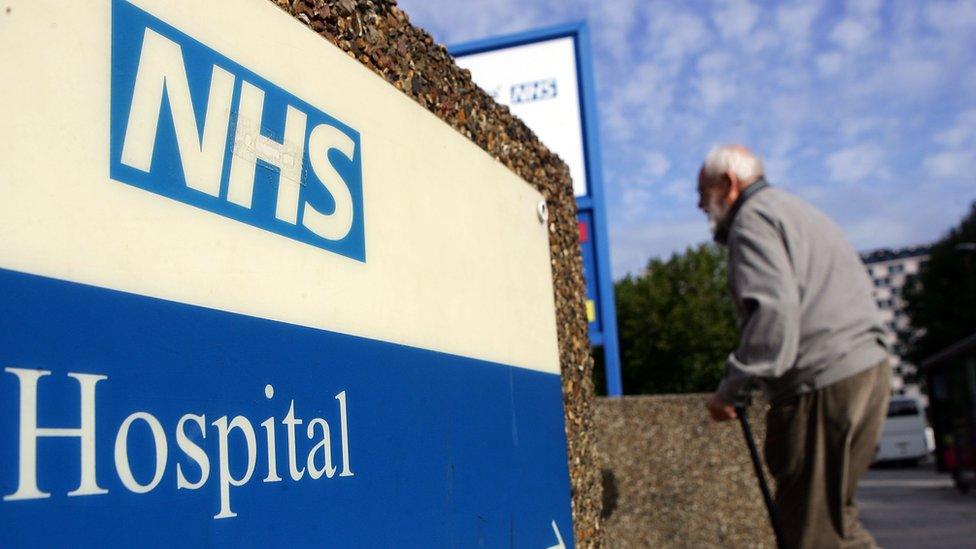Coronavirus: What has gone wrong with PPE?
- Published
- comments
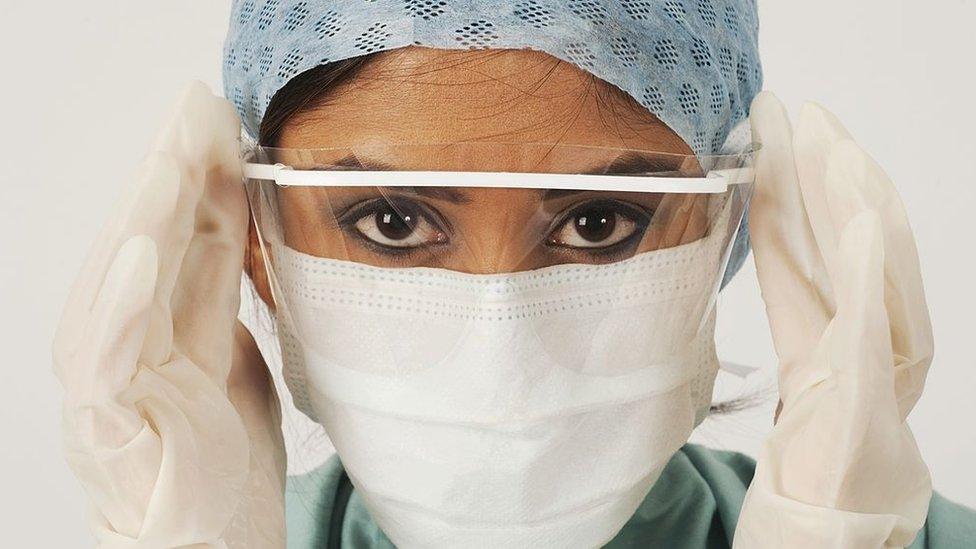
The lack of personal protective equipment (PPE) has become one of the defining stories of the UK's battle with coronavirus.
Only this week the British Medical Association was saying doctors on the frontline were "frightened" and being left with difficult choices about whether to risk their lives by treating patients because of a lack of kit.
The Association of Directors of Adult Social Services has described the approach to care homes as "shambolic" as staff have struggled to get hold of the aprons, gloves and goggles needed. What has gone wrong?
How well prepared was the UK?
Last week England's deputy chief medical officer, Dr Jenny Harries, was saying during the televised daily briefing that the UK was an international "exemplar" for pandemic preparedness.
She faced howls of derision on social media, from MPs and commentators for her comments.
But it was perfectly understandable why she made such a claim. The UK has long been seen as an international leader when it comes to pandemic planning and public health.
It had a stockpile of kit housed at a giant temperature-controlled warehouse in the north-west of England. There were millions of pieces of equipment, which have proved invaluable in the first few months of the pandemic.
And, despite the demands placed on it, the stockpile has still not been completely used up.

Nonetheless, frontline staff have found themselves in a position where they have not always had the kit they need.
It is worth saying, though, that the UK is not alone in this. Many countries have faced similar problems.
In France, President Macron apologised live on TV for shortcomings, including in this area.
The ability to judge the preparations is also hampered by the fact the government has refused to publish the full findings of its 2016 pandemic drill named Exercise Cygnus.
The three-day event, designed to test the plans, led to a series of recommendations, including some on PPE. It is unclear what short-comings were found and to what extent they were acted on.
The supply problem
One of the key areas where the UK has struggled is sourcing new supplies.
The crucial piece of kit that there have been shortages of is gowns. These are the full-length fluid-repellent protective gear needed in intensive care, where patients are on ventilators.
This is because the UK only has one manufacturer that can make them and because they use quite specialist material other companies have not simply been able to change what they are producing.
And that has meant it has not been as simple as getting hold of extra pairs of goggles or visors, which have been, in some instances, supplied and made by schools and universities.

It has meant we have been reliant on international supply, and of course there is a big global scramble for this kit. What is more, China is the biggest manufacturer and its factories have been disrupted by its own coronavirus outbreak.
Last week the UK received a shipment that was meant to contain 200,000 gowns, but in the end only 20,000 arrived. Hospitals go through 150,000 a day, so it was of limited value.
The distribution problem
But even where there has been equipment available, the basic distribution networks have struggled.
Since the pandemic started, around one billion pieces of kit have been sent out. That is a massive amount and has - at times - overwhelmed the system, especially since stocks constantly need replenishing, as much of the kit has to be discarded after use.
Hospitals have two basic routes - the central NHS supply chain, and ordering it themselves. There are hospitals using both routes, which perhaps explains why some appear to be better stocked than others.
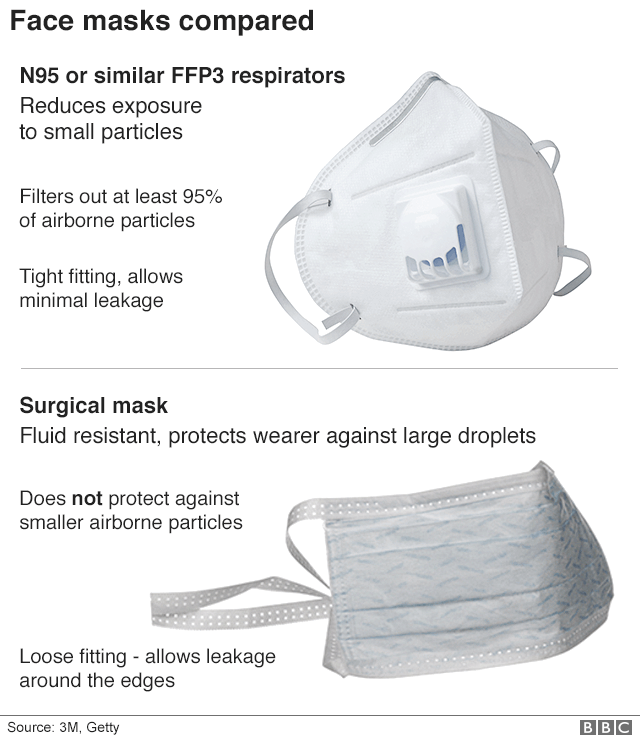
It has been a similar story in the community. GPs, the police, councils, and - most critically - care services, also need protective kit.
Care homes have their own ordering and supply systems, but these too have been overwhelmed, so local resilience forums, composed of emergency services and councils, have been put in charge of distributing equipment across the community in England and Wales. In Scotland and Northern Ireland, councils have taken the lead.
To help, the government has enlisted the help of the army. General Sir Nick Carter, the chief of defence staff, the most senior military commander in the UK, has called it the most "single greatest logistical challenge" he has ever experienced - there are over 200 hospitals and 50,000 care homes and other community settings to get deliveries too.
The issue for community services has been further complicated by a change in guidance before Easter, which meant the amount of protective kit recommended for use in the community increased, leading to some pretty serious shortages.
There are signs this is easing now, although council leaders still complain of a lack of information and communication from the central government agencies.
UK chief medical adviser Prof Chris Witty acknowledges it has been very tricky because there has not been a lot of "excess" in the system, which means any problems in distribution led to it getting "close to the line" in places.
It will, he says, require careful management in the coming weeks.
Getting a long-term solution
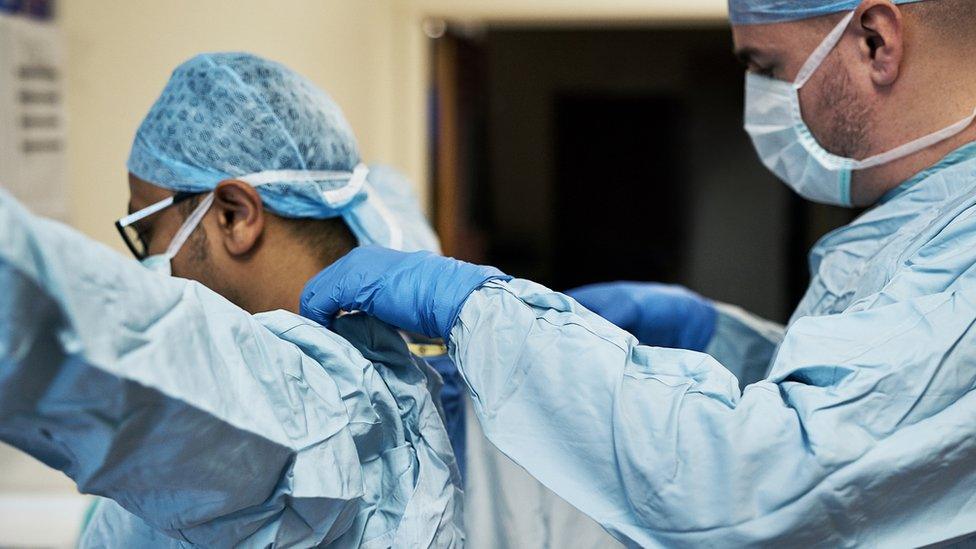
Assuming distribution networks settle down, the over-riding challenge remains ensuring that a steady supply of new kit can be guaranteed.
Health Secretary Matt Hancock has said the drive to secure more kit is the biggest cross-government operation in terms of both scale and complexity he has ever seen, with officials working "night and day" to resolve the problem.
He says talks are under way with a diverse range of suppliers to secure the necessary PPE. This includes British manufacturers as well as international suppliers.

A SIMPLE GUIDE: How do I protect myself?
AVOIDING CONTACT: How to self-isolate and exercise
LOOK-UP TOOL: Check cases in your area
MAPS AND CHARTS: Visual guide to the outbreak

There has already been one breakthrough. A major deal has been agreed with China to supply 25 million gowns - enough for six months. More agreements are likely to follow. But, understandably, such promises are being treated with caution.
Niall Dickson, of the NHS Confederation, which represents health and care leaders, says front-line staff are still surviving "hand-to-mouth" and until a long-term supply can be guaranteed, the issue threatens to undermine the fight to tackle the coronavirus.
We could be hearing about PPE for some time to come.
- Published16 April 2020
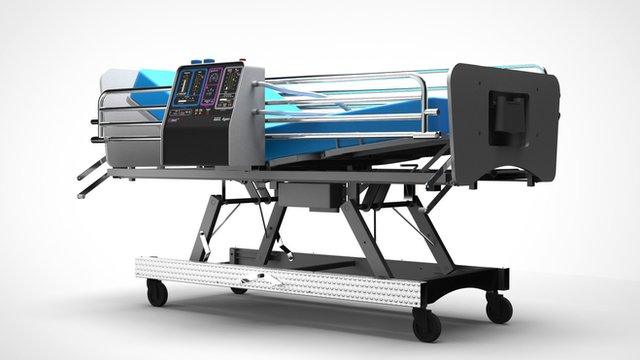
- Published30 March 2020
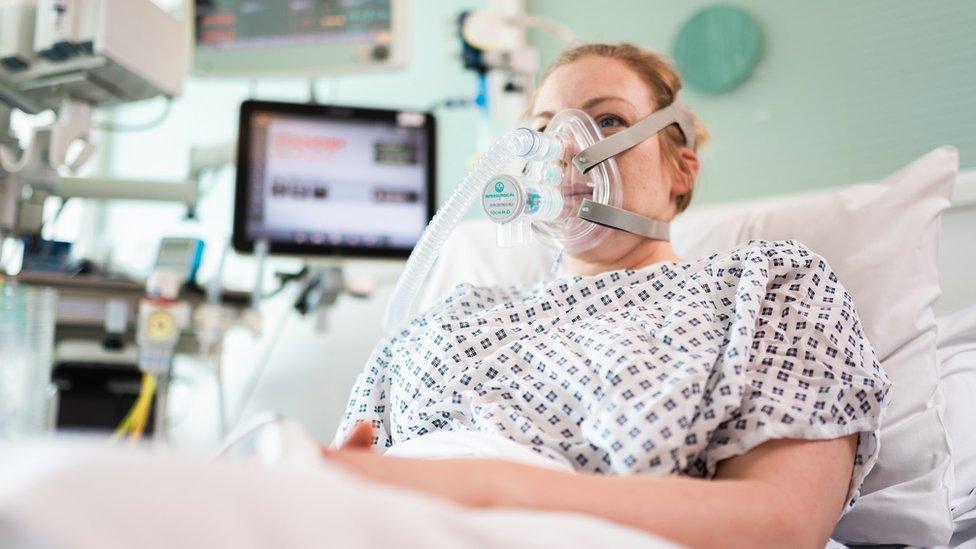
- Published4 August 2019

- Published6 January 2019

- Published8 February 2017
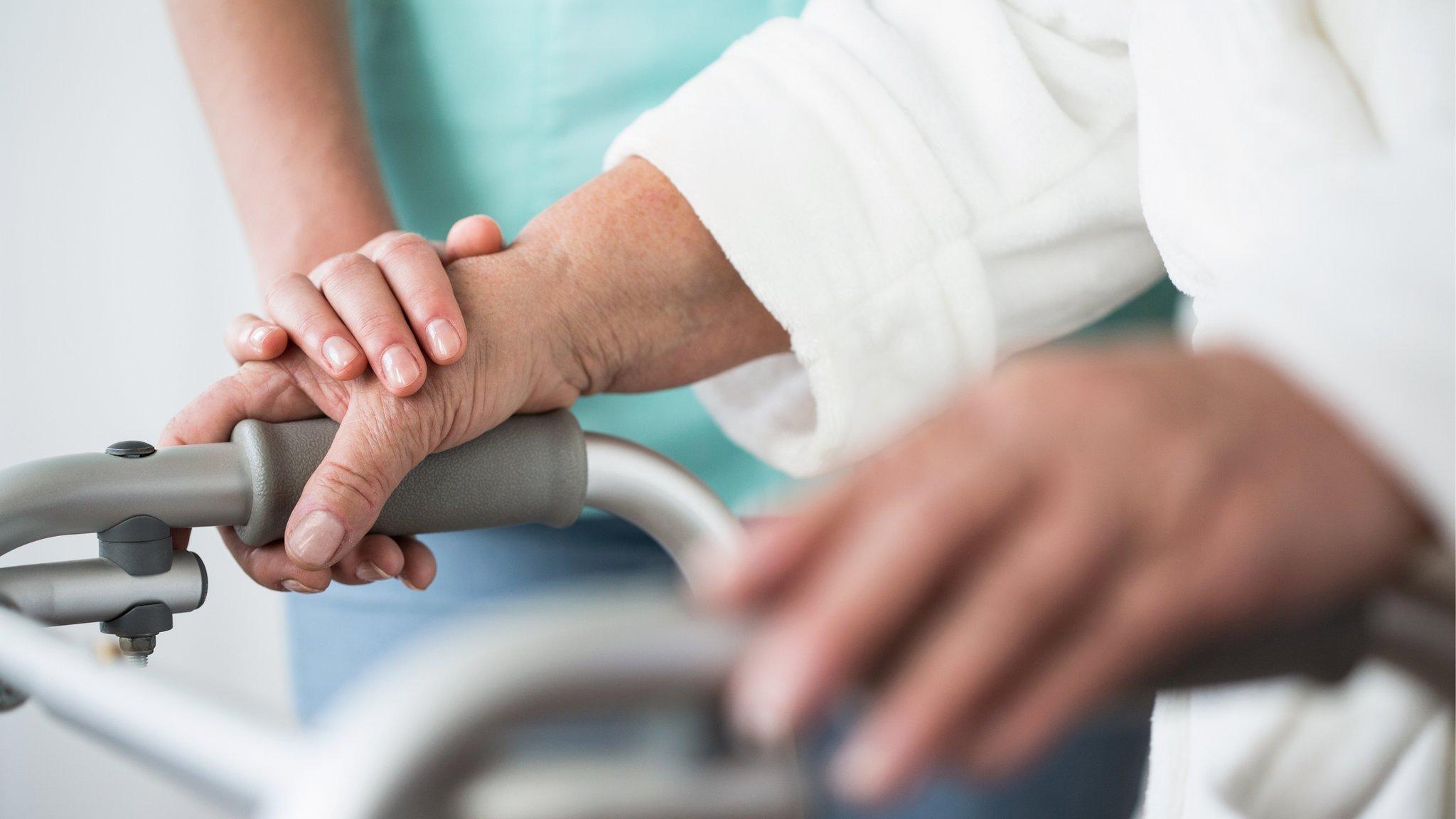
- Published8 February 2017

- Published6 January 2017
